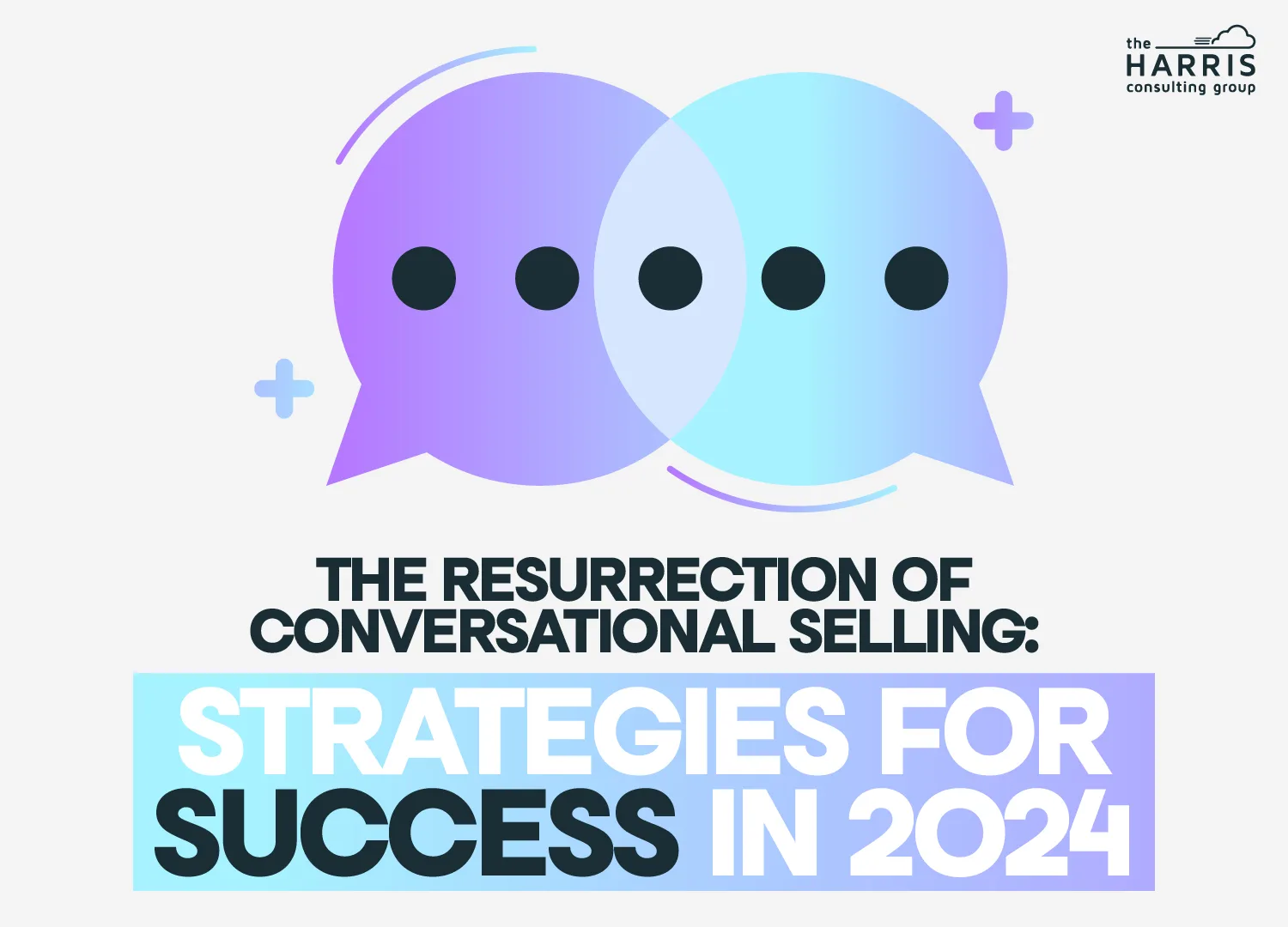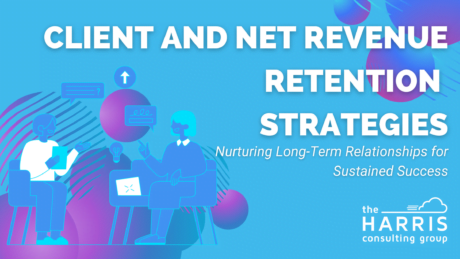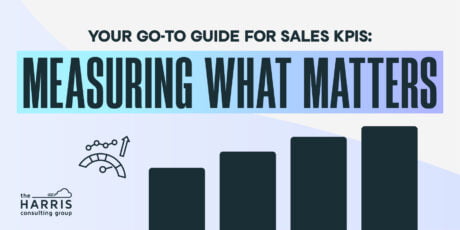In the dynamic world of sales, a seemingly simple yet profoundly impactful skill stands out. This is the key differentiator between average and exceptional sales outcomes: active listening.
This skill transcends the traditional sales tactics of persuasion and presentation. It focuses instead on building genuine connections with clients. Moreover, mastering active listening can significantly enhance a sales professional’s ability to engage with potential buyers meaningfully. This will foster stronger relationships and lead to more successful sales.
The Essence of Active Listening
Active listening within sales extends far beyond merely hearing a client’s words. It involves a deep engagement with the speaker, comprehending their conveyed message, responding with consideration, and memorizing the details shared. In short, it means getting in their headspace to hear about things from their perspective.
This practice is essential in sales, as it reveals the genuine needs, worries, and driving factors of potential purchasers. By truly understanding what a client seeks or requires, salespeople can craft their solutions with a level of precision that directly addresses the client’s unique circumstances.
Transforming Sales Through Active Listening
The incorporation of active listening into the sales strategy offers numerous advantages. This approach empowers sales professionals to devise solutions that genuinely align with the needs and challenges faced by prospects.
As a result, salespeople can enhance the potential for successful conversions. Active listening enables a more personalized and effective response to customer needs, paving the way for solutions that not only meet but exceed expectations.
Furthermore, the practice of active listening plays a pivotal role in building trust and rapport with clients. By attentively listening and responding to their concerns, sales professionals make clients feel deeply valued and understood.
Lastly, the sense of being understood and valued fosters loyalty among clients, which is essential for developing long-term relationships and ensuring repeat business. Active listening doesn’t just close a single sale; it opens the door to ongoing business opportunities.
By consistently applying active listening, sales professionals lay the groundwork for a loyal client base that feels connected and satisfied with the service provided, thereby securing a sustainable future for the business.
Strategies for Active Listening Mastery
Developing active listening skills is an intentional process that demands practice and dedication. Here are some effective strategies:
- Reduce Distractions – This does not mean putting your phone face down on the table. It means turning it off or putting in your bag or purse. It means turning off slack notifications. And so on.
- Full Engagement: Prioritize giving speakers your undivided attention, minimizing distractions, and focusing on their words, tone, and body language.
- Facilitate Sharing: Employ open-ended questions to encourage prospects to share their thoughts and feelings comprehensively.
- Reflect and Verify: Echo what you’ve heard through paraphrasing or summarizing to confirm understanding and show empathy.
- Read Non-Verbal Signals: Attune yourself to the speaker’s non-verbal cues, such as body language and facial expressions, to gain deeper insights. Here’s a fun fact. Someone’s eyebrows move as they speak. Pay attention to them and see what they tell you.
Leveraging Technology to Support Active Listening
Today, technology is integral to sales strategies. The use of digital tools enhances the practice of active listening, providing sales professionals with a wealth of background information about their clients. If you are not using a tool to transcribe and summarize your Zoom and Microsoft conversations, then you are way behind.
Access to insights from CRM systems, social media profiles, and past interactions offers a detailed perspective on the client’s history and preferences. This rich variety of information facilitates a comprehensive grasp of each client’s unique needs and desires.
This synergy between technology and active listening enables sales professionals to tailor their approaches with unparalleled precision. By marrying data-driven insights with empathetic communication, sales teams can elevate the customer experience. Thus, it will foster a sense of understanding and connection that is both rare and valuable in the digital age.
Conclusion
Active listening transcends the basics of communication, becoming an art form that, when perfected. It reshapes sales encounters from simple transactions into significant, impactful dialogues that propel success forward.
Additionally, it grants sales professionals the capability to not just fulfill but surpass client expectations, thereby boosting conversion rates and nurturing enduring relationships. This skill ensures that every client interaction is an opportunity to demonstrate understanding and commitment.
The deliberate integration of active listening into sales strategies becomes crucial. It’s the key to unlocking long-term success, setting apart the exceptional from the ordinary. Through active listening, sales professionals can distinguish themselves, fostering a culture of trust and respect that underpins lasting business relationships and drives continuous achievement.






